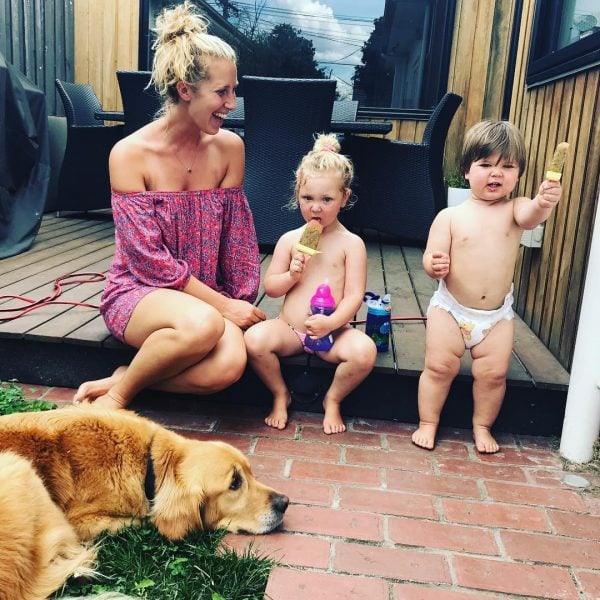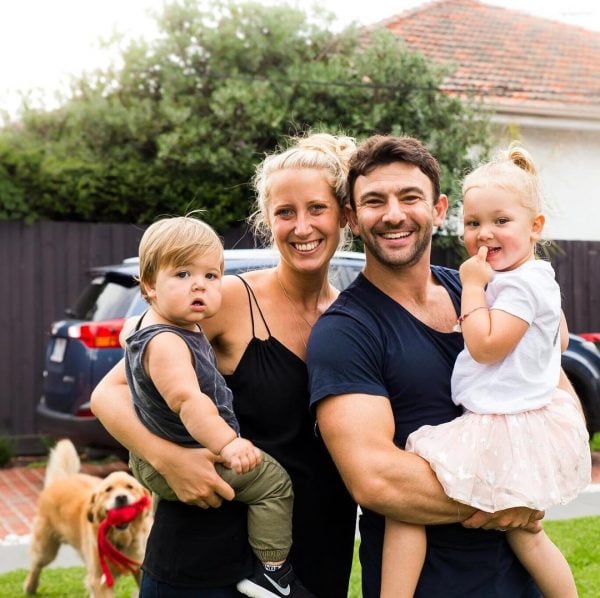I love nothing more than seeing the pure joy in my kids eyes when they play with their own dog or when they see other dogs.
It breaks my heart to know that some children are fearful of dogs. Occasionally, when I’m out walking Cooper, I see children and sometimes adults too, move away from him, as though they are afraid of him.
He is a big, friendly and very handsome dog who loves everyone and is totally harmless. I struggle to comprehend that people can be scared of him. I know that I shouldn’t be one to judge as I’m scared of ducks (I was attacked by one when I was younger – but that’s a story for another time).
Based on my experiences, I will give you some advice and tips on ways to help your child overcome their fear of dogs.



